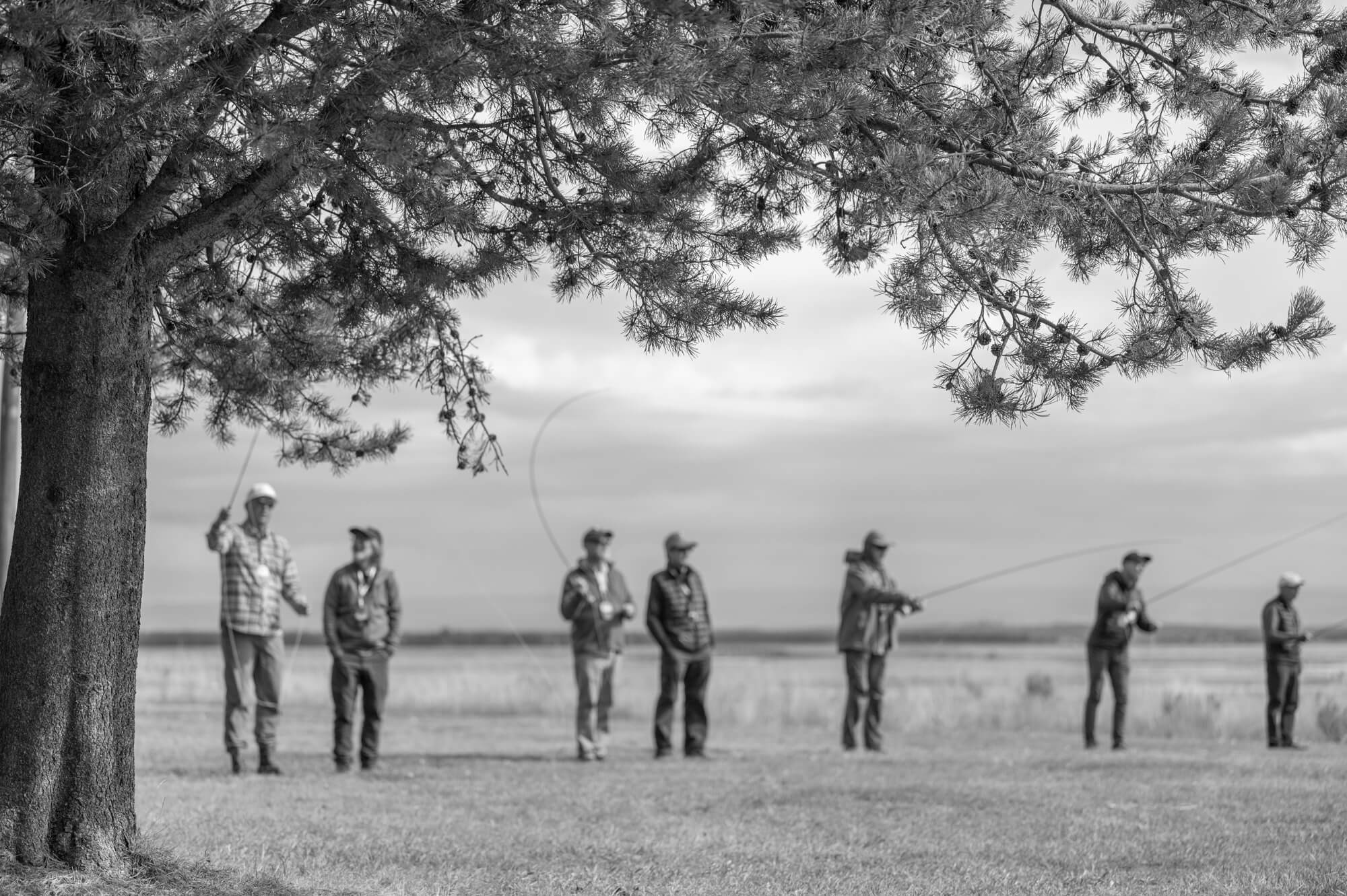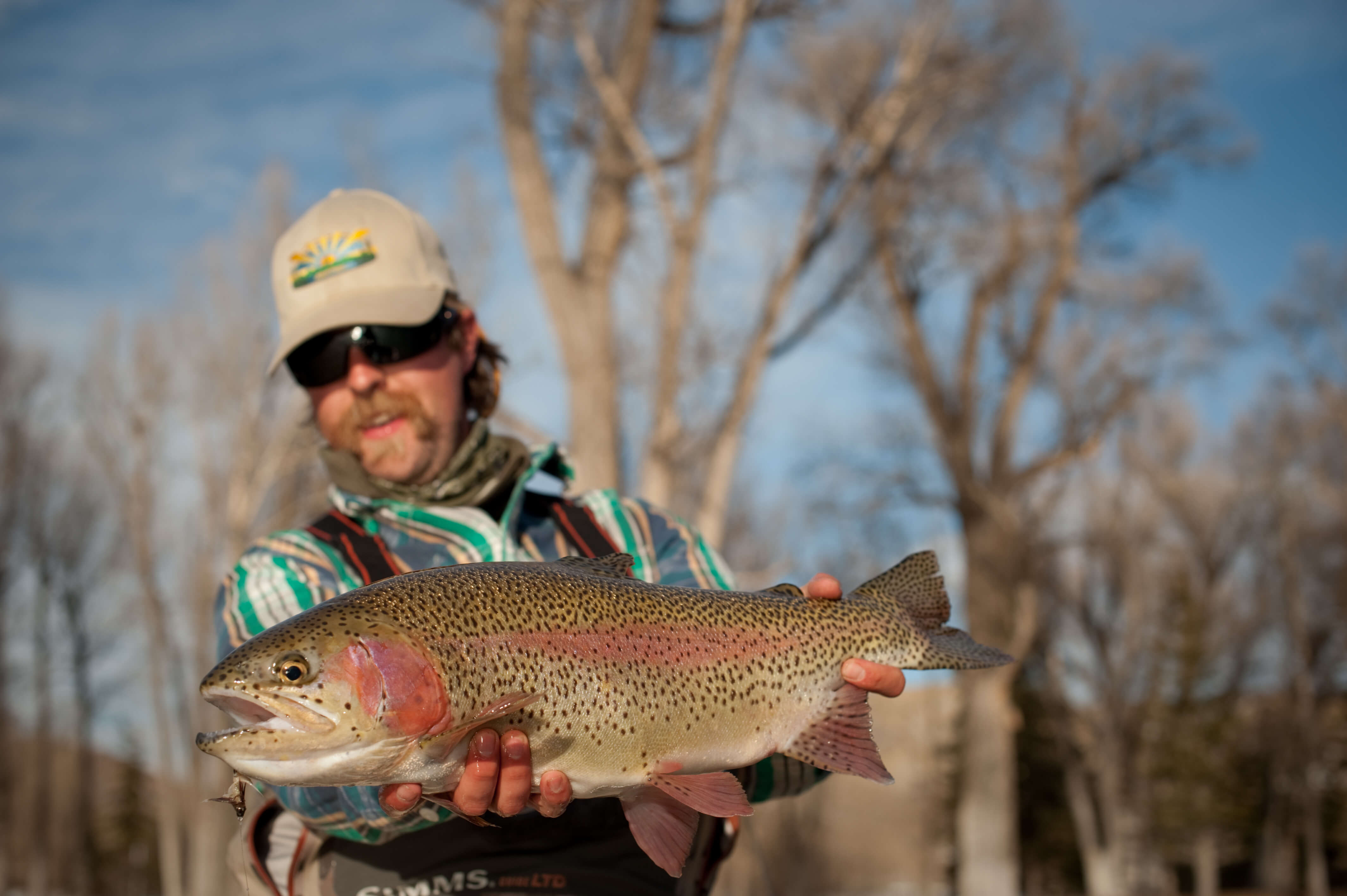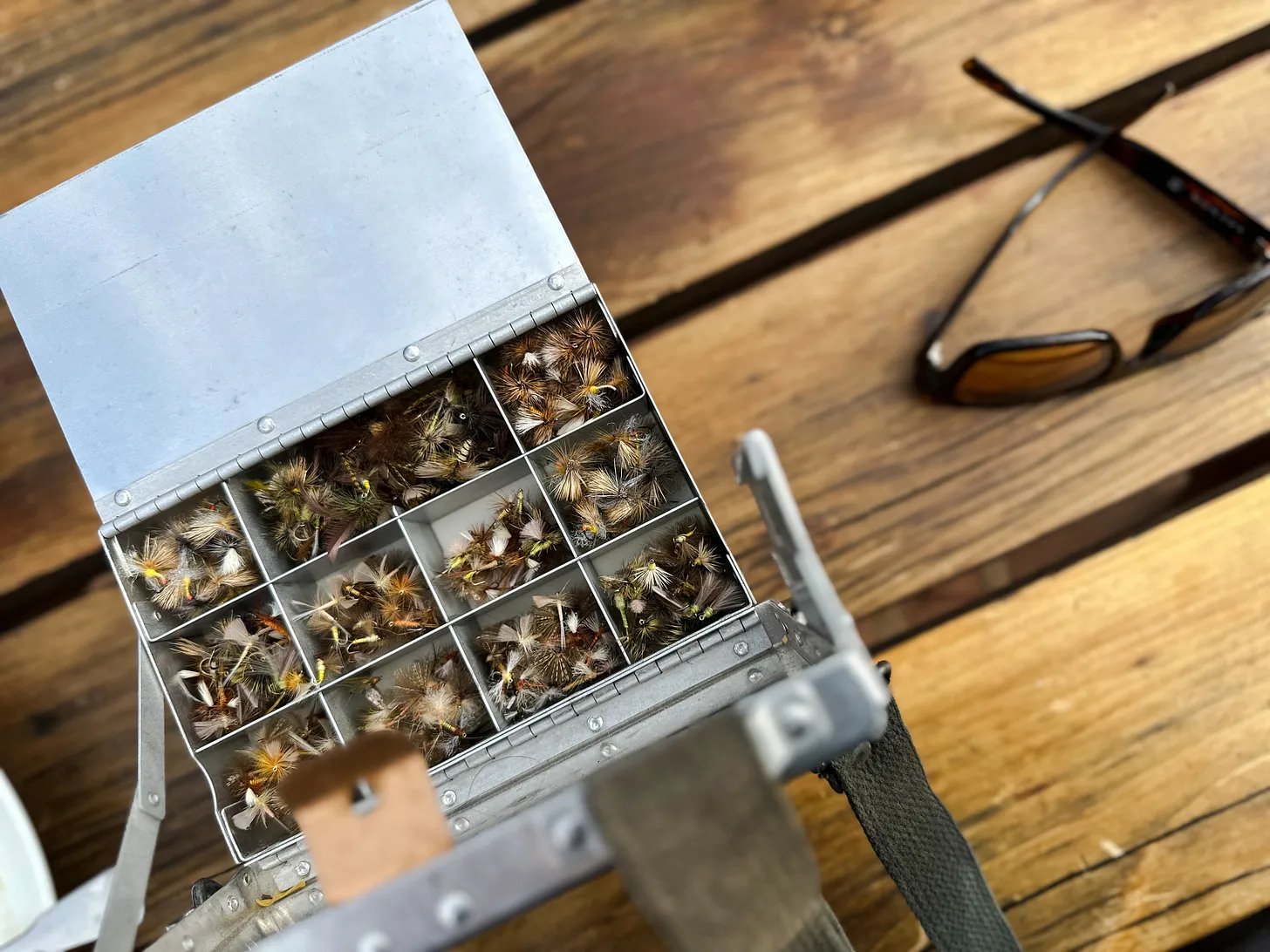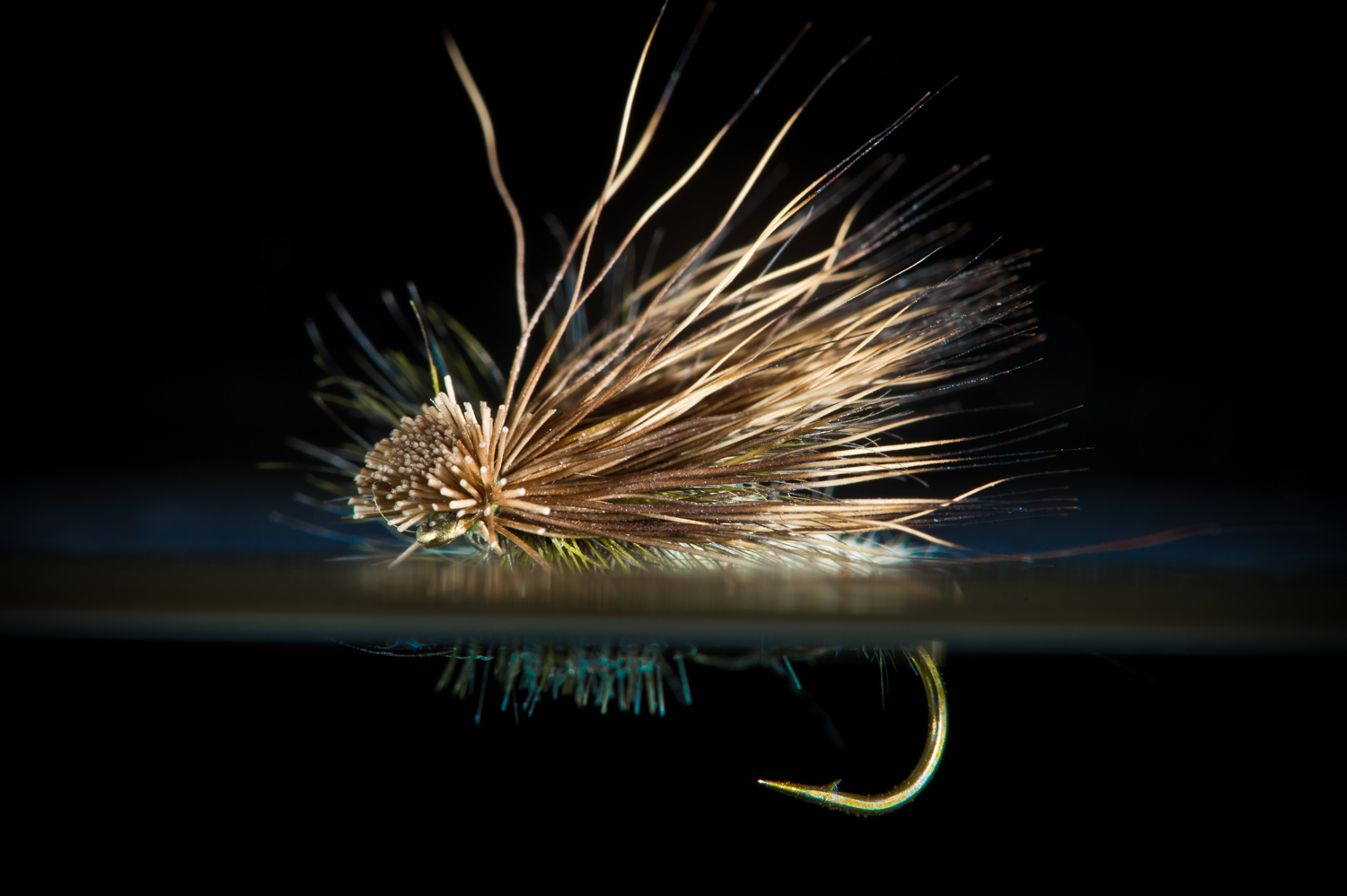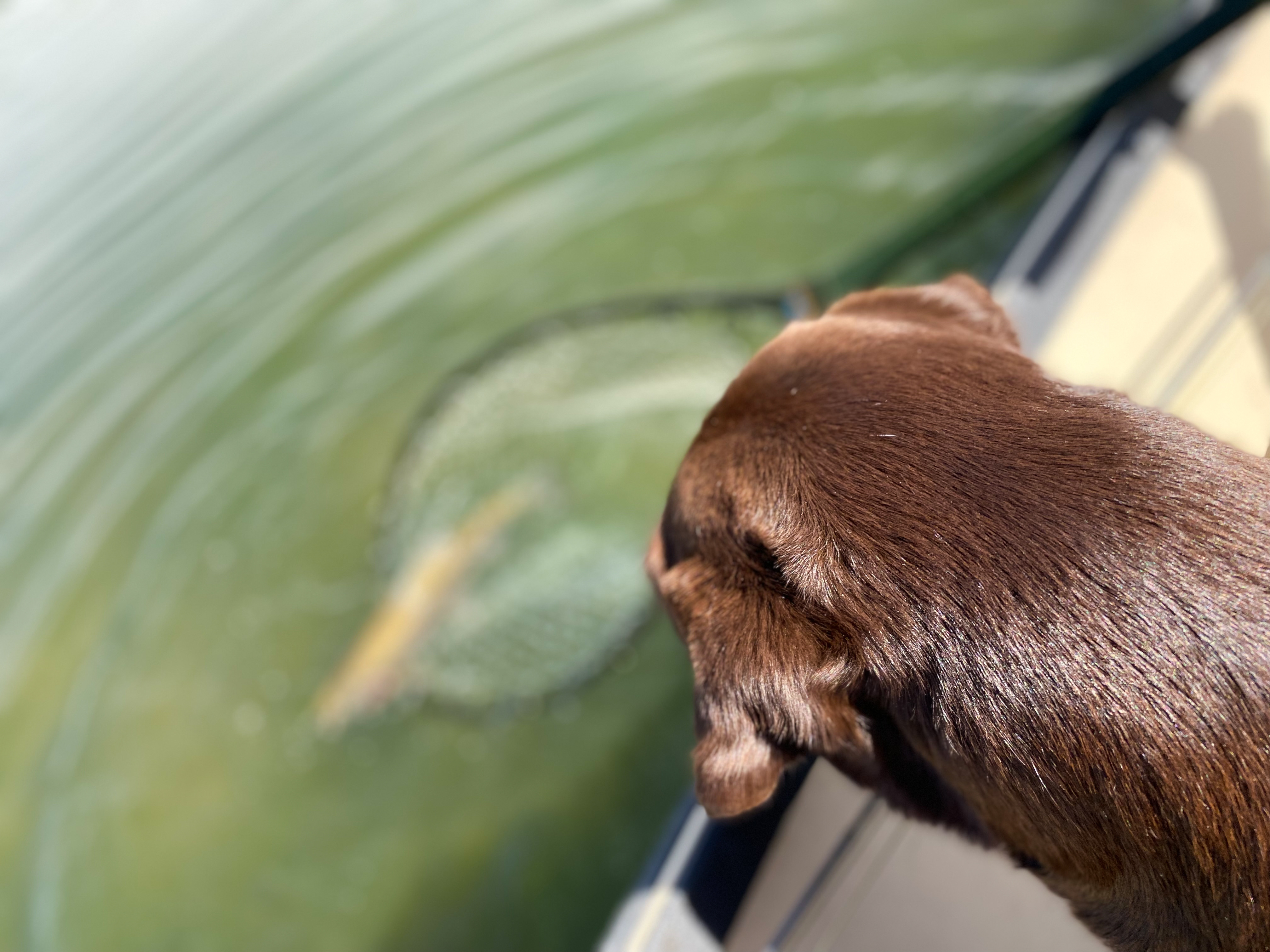Geartalk


Skills
Why Fly Presentation Matters
Most of the time, but not always, trout only eat things that look natural to them.


Skills
A Different Reason To Improve
Take a few minutes and watch a good fly caster. What you’ll see is someone in complete and total control of their medium.
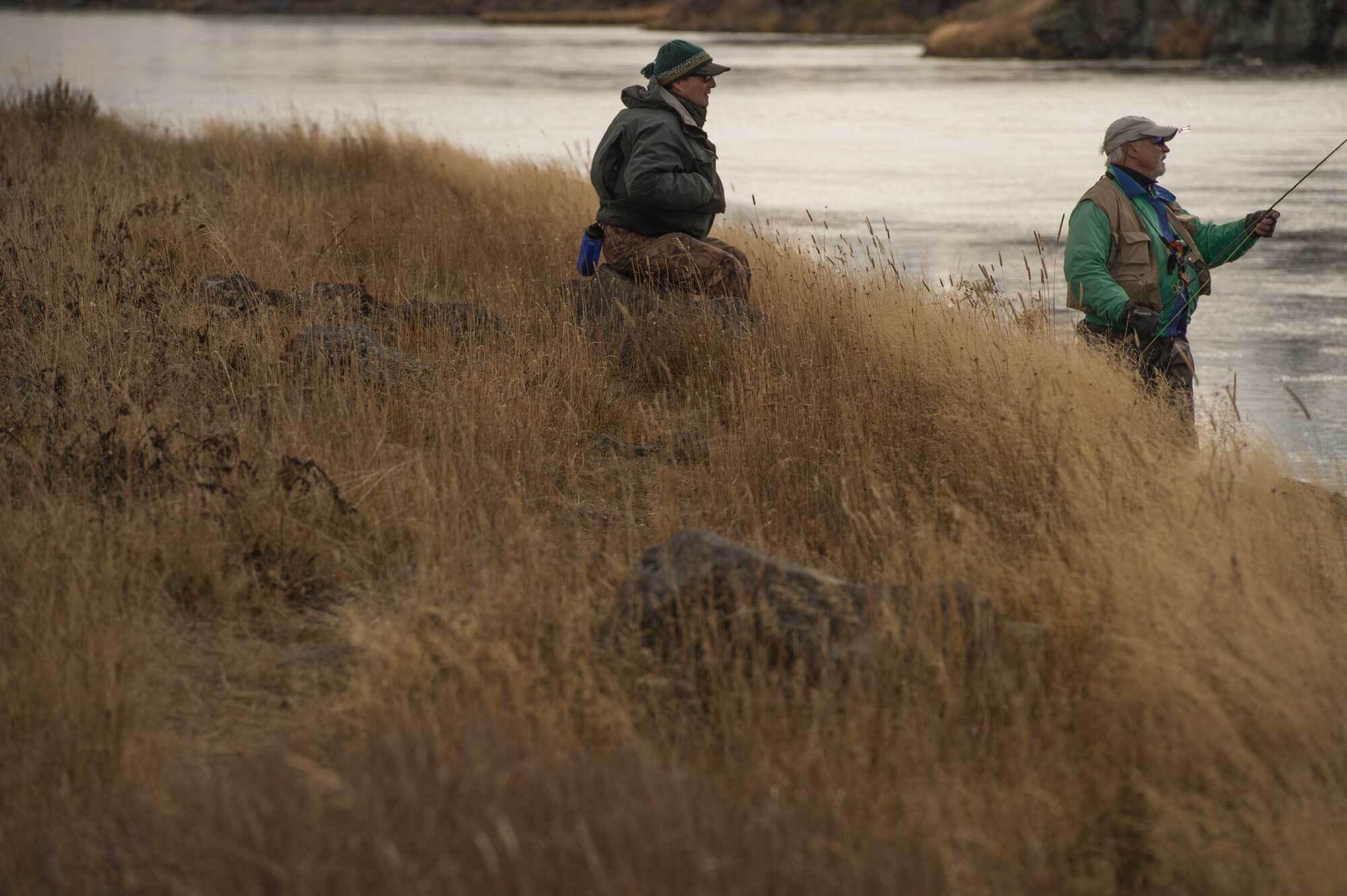

Skills
A Flawed Casting Stroke: Is Your Rod To Blame?
The rule of thumb for casting stroke length is this: short line, short stroke. Longer line, longer stroke.
.svg)


